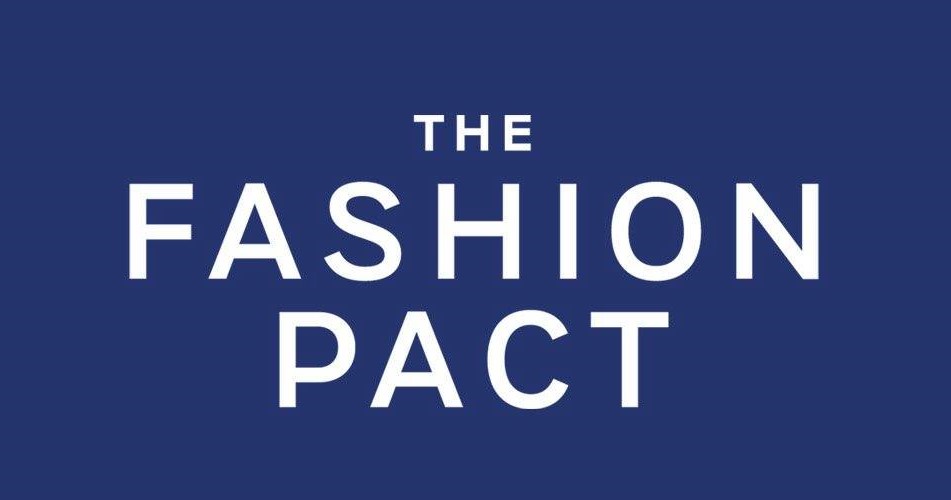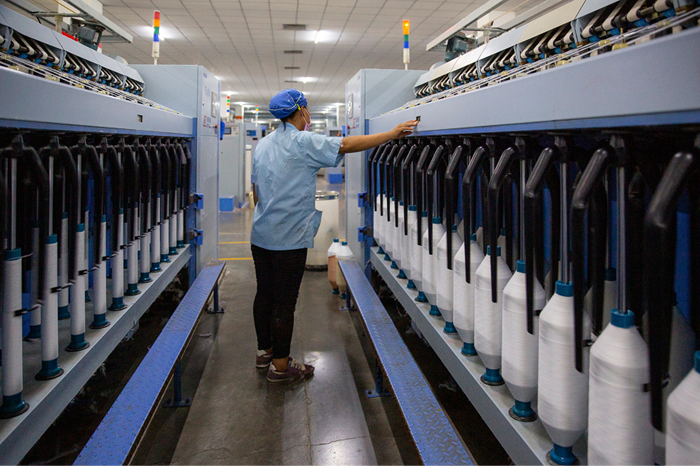
The Fashion Pact, a heavyweight alliance of fashion giants united under the banner of sustainability, has released its ‘Unlock’ report, a roadmap for a climate-friendly future for cotton. But instead of a resounding chorus of applause, the report has been met with a mixed bag of reactions, with some industry players applauding the ambition while raising concerns about methodology and impact.
The Report
Their mission: incentivize farmers to adopt regenerative practices that heal the soil, boost biodiversity, and slash carbon emissions. This not only benefits the environment but also allows brands to make credible claims about reducing their Scope 3 emissions (those occurring outside their direct control).
However, the pilot phase in India and the US revealed some challenges. Smallholder farmers, the backbone of cotton production, often lack the resources and expertise to precisely quantify their emissions. This creates hurdles in verifying their impact and ensuring fair compensation. Additionally, double-counting emissions becomes a risk if farmers already participate in other improvement programs. Finally, robust inventory accounting in developing countries presents difficulties due to limitations in monitoring and traceability.
Despite these hurdles, ‘Unlock’ represents a crucial step towards a greener future for cotton. By addressing these challenges through collaboration and innovative solutions, the project has the potential to:
Empower farmers: Provide smallholders with the tools and support they need to measure their impact and access fair rewards for adopting sustainable practices.
Boost transparency: Develop robust accounting methods that ensure credible emission reduction claims by brands.
Bridge the gap: Facilitate connections between farmers and brands, creating a direct line of impact and shared value.
Unlock proposes a three-pronged attack: scaling up regenerative agriculture practices that nurture soil health and biodiversity, investing in circularity solutions like recycled cotton and innovative bio-materials, and finally, boosting transparency and traceability across the cotton supply chain. While the ambition is undeniable, questions linger.
Criticism on the methodology
However, critics point to the report's methodology, arguing that the calculations for potential emissions reductions lack transparency and independent verification. They worry that the focus on large-scale interventions might overlook the potential of smaller, community-driven initiatives that are often nimbler and more attuned to local contexts.
But the concerns don't stop there. Some industry players raise the specter of unintended consequences, questioning whether the project's impact will be equitably distributed across the cotton supply chain. Will farmers, particularly those in developing nations, truly benefit from this grand plan, or will the lion's share of the gains accrue to larger players?
The Fashion Pact, however, remains undeterred. They emphasize the importance of starting the conversation, highlighting that Unlock is just the first step in a long journey. They acknowledge the need for further refinement and transparency, welcoming feedback and promising to work with stakeholders to address concerns.
But the road ahead won't be easy. Striking a balance between ambition and practicality, ensuring transparency and inclusivity, and navigating the complex web of economic and social factors within the cotton industry – these are just some of the hurdles that the Fashion Pact must overcome to truly unlock a sustainable future for cotton.
Indeed ‘Unlock’ report may not be a silver bullet, but it has certainly sparked a necessary conversation. As the fashion industry grapples with its environmental footprint, the success of ‘Unlock’ could pave the way for a more sustainable future – but only if it listens to the concerns, addresses the gaps, and collaborates with all stakeholders along the way. The journey has just begun, and the world is watching.












